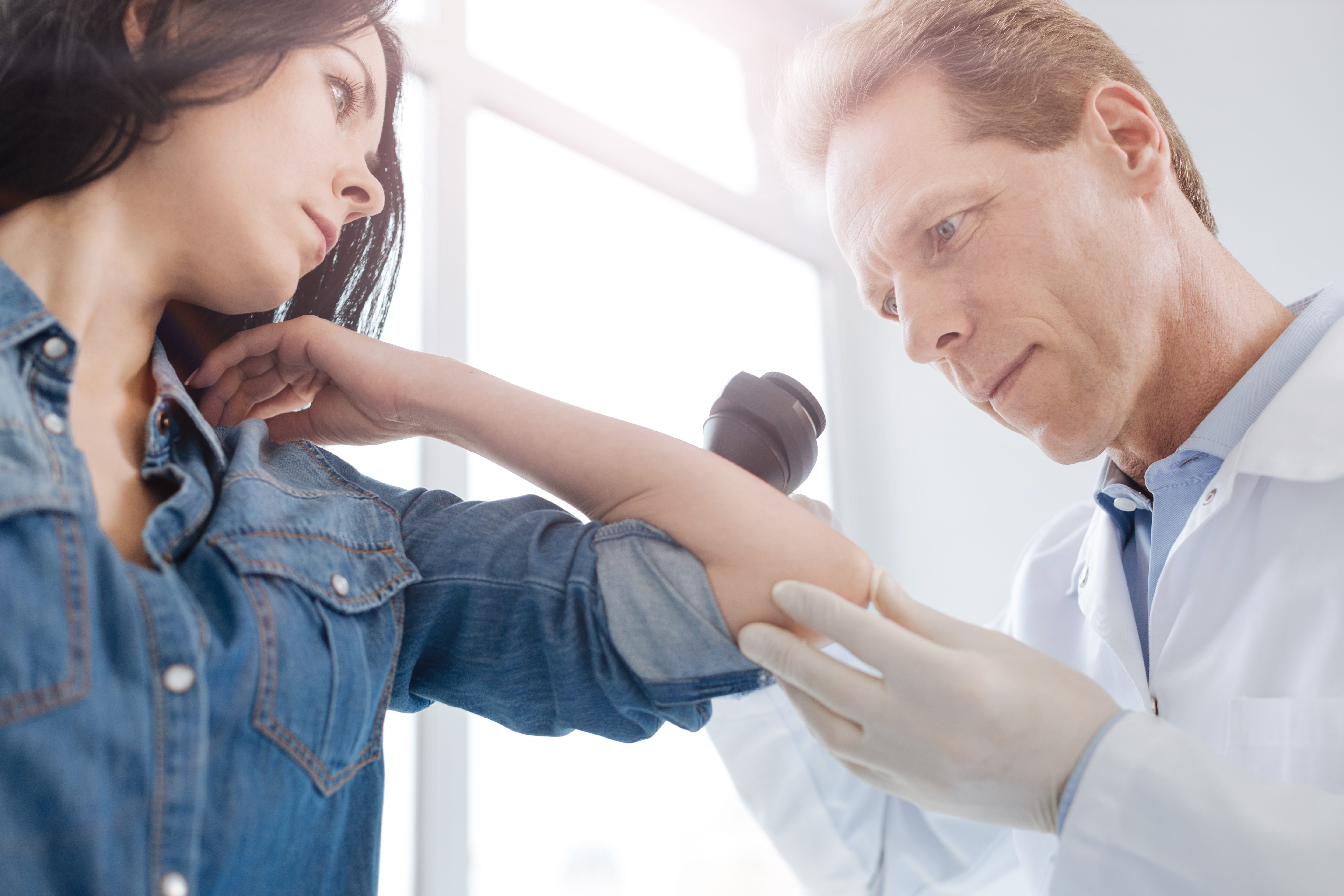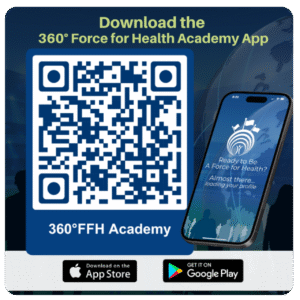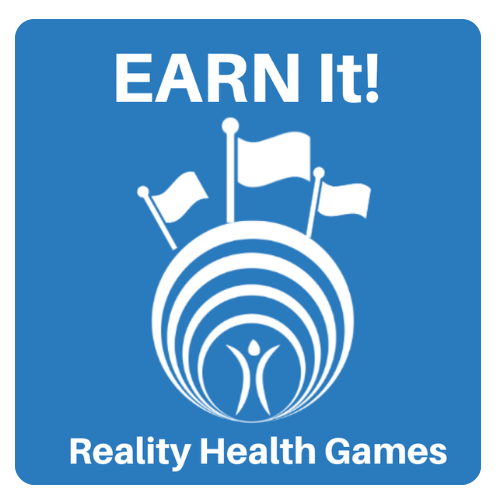What are they looking for when examining a patient?
The clinician is trained to use all senses, observational and critical thinking skills to determine the status of the form and function of a patient.Here are some of the checkpoints that doctors go through during examination:1. Observation: Using their senses, good clinicians can get a sense of patient status. Is the patient awake and alert or falling asleep and confused? Do they have an odor of acetone which may indicate signs of starvation or high blood sugar? Are they talking with short sentences to catch their breath? Are they appropriately sad, mad, or glad, and is their behavior good or bad? These observations can give hints in the mystery of what is wrong and causing their illness or symptoms. 2. Palpation: This is when doctors touch and feel areas of the body to determine whether it is of normal size, shape, mobility, and position. Sometimes, clinicians can feel tumors or find out whether a rash is raised or not raised. Physically touching the areas of concern will help guide what additional tests might be needed. 3. Auscultation: This is when doctors actively listen to the sound. Often, they use a stethoscope, a device that amplifies sounds inside the body. Is there normal breathing sounds or wheezing? Do they hear normal heart sounds or leaky valves with murmurs? On occasion, a buzzing sound called bruits, or rapids, can be heard over a narrowed blood vessel. 4. Inspection: This is when doctors get a closer view with tools such as dermatoscope, ophthalmoscope, otoscope, and flashlight to look at skin, eyes, ears, and mouth.
A specialist is using dermatoscope for skin examination







